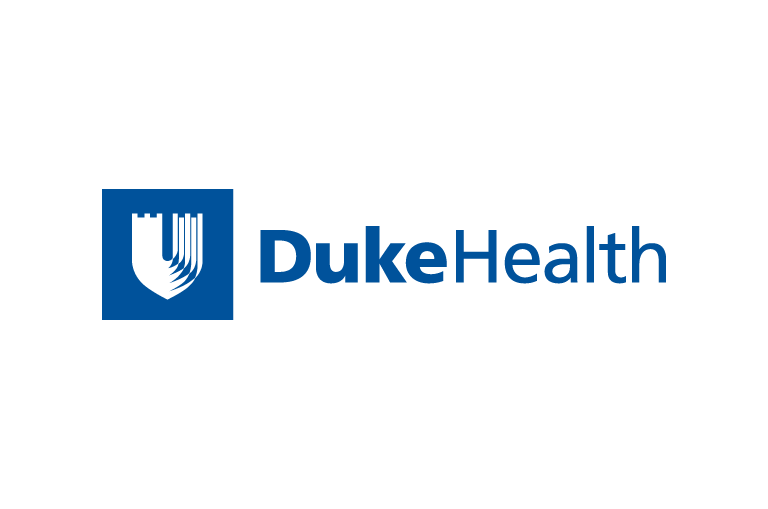Health Outcomes Equal for Patients Diagnosed by CTA or Stress Test
 From the corporate.dukehealth.org archives. Content may be out of date.
From the corporate.dukehealth.org archives. Content may be out of date.
DURHAM, N.C. – Patients with chest pain have similar rates of heart attacks and other major cardiac events within two years whether they were evaluated with a new type of CT scan or the traditional stress test, according to results presented today by Duke Medicine researchers at a meeting of the American College of Cardiology.
The study -- a trial known as PROMISE that enrolled 10,003 patients at 193 centers in North America -- is the first head-to-head comparison to determine whether one approach ultimately led to better outcomes. The findings are also published online March 14, 2015, in The New England Journal of Medicine.
A secondary analysis of the findings examining the costs associated with both approaches will be presented by Duke researchers at the ACC meeting on Sunday, March 15.
“The strength of our study is that it provides a real world assessment of how testing in patients with chest pain has an impact on the subsequent health of patients with chest pain,” said lead author Pamela Douglas, M.D., Geller Professor of Research in Cardiovascular Diseases at the Duke Clinical Research Institute. “We have had very little high-quality evidence to guide decision-making for how best to evaluate these patients. This study provides new assurance for patients and their physicians that both methods result in low rates of serious outcomes – around 3 percent over two years – and that’s great news.”
Douglas said one of the strengths of the study was its design, randomly assigning patients to receive either a computed tomographic angiography (CTA) or a functional stress test to detect whether their chest pains and shortness of breath were caused by a blocked blood vessel or not.
CTA is a CT scan that uses fast imaging with intravenous dye to show blockages of the coronary arteries. The traditional stress test includes exercise along with an electrocardiogram monitor, echocardiography or nuclear image to ascertain heart function and blood flow.
Both are regularly used to evaluate the more than 4 million U.S. cases a year of newly symptomatic patients with no previous diagnosis of heart disease.
“The question has been whether CTA has the potential to reduce unnecessary invasive testing and improve outcomes because it is substantially more accurate in detecting important obstructive and non-obstructive coronary artery disease,” Douglas said.
Researchers found that compared to functional testing, CTA did not reduce the incidence of heart attacks, hospitalizations for unstable angina, major procedural complications or death over a median of 25 months of follow-up.
CTA posted a statistical advantage in the first year of the study in reducing heart attacks and death, but it was not sustained over the second year.
According to the study authors, death, heart attacks or other serious heart events occurred in 3.3 percent of CTA patients and 3 percent of functional stress test patients across the 25-month follow-up period.
There were indications, however, that CTA may have accurately guided patients to more appropriate follow-up testing. Among patients who had CTA, 3.4 percent received invasive catheterizations that then determined they were actually free of disease, compared to 4.3 percent of patients getting the stress test.
“These findings are important as they indicate that a CTA testing strategy can better triage patients to the cardiac catheterization lab,” said Manesh Patel, M.D., director of Interventional Cardiology at Duke University Health System. “And it will increase the likelihood that we can improve patient outcomes.”
Cumulative radiation exposure was also lower for patients who received CTA compared to nuclear imaging.
“PROMISE establishes CTA as a viable alternative to stress testing for the evaluation of patients with suspected coronary disease,” said Udo Hoffmann, M.D., principal investigator of the PROMISE Imaging Core and Professor of Radiology at Harvard Medical School and Director of Cardiovascular Imaging at Massachusetts General Hospital “With the addition of high-risk plaque assessment and CT fractional flow reserve technology on the horizon, we may have yet to see the full potential of CTA.”
“Our message to patients is that we can allay fears,” Duke’s Pamela Douglas said. “The message to clinicians is that for symptomatic patients with suspected coronary artery disease, the outcomes are excellent and similar regardless of which kind of diagnostic test you use. Patients should work with their doctors to determine the best test for them.”
In addition to Douglas and Patel, study authors from Duke include Daniel B. Mark; Hussein R. Al-Khalidi; Rowena J. Dolor; Christopher B. Fordyce; Megan Huang; Andrzej S. Kosinski; Mitchell W. Krucoff; Eric J. Velazquez; Eric Yow; and Kerry L. Lee.
The research team also included Michael H. Picard from Massachusetts General Hospital; Brendan Cavanaugh from New Mexico Heart Institute; Jason Cole from Cardiology Associates; Muhammad Akram Khan from North Dallas Research Associates; Vinay Malhotra from Cardiac Study Group; James E. Udelson from Tufts Medical Center; and Lawton S. Cooper from the National Heart, Lung, and Blood Institute.
The National Heart, Lung, and Blood Institute provided funding (R01HL098237, R01HL098236, R01HL98305 and R01HL098235).
###
